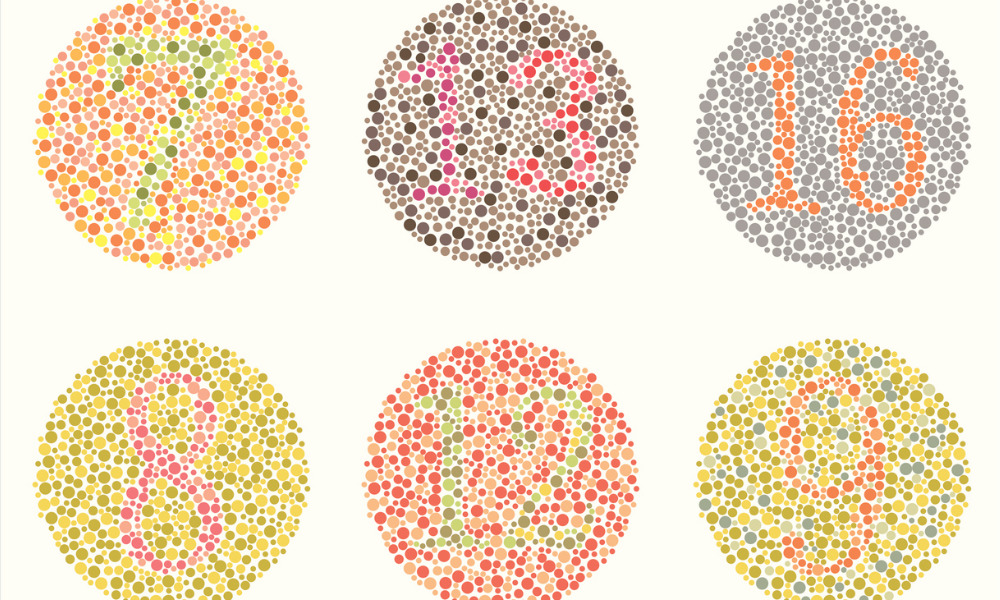
Mostly men tend to be colour deficient, due to a missing or mutated gene on their X chromosome. The CAO estimates that around 1 in 10 men have colour deficiency. It is frequently an inherited condition.
There are three types of colour deficiency, explains the CAO on their website. Two different kinds of red-green deficiency, and one blue-yellow deficiency. The CAO says that red-green is the most common, is usually inherited, and leads to the “inability to distinguish between certain shades of reds, browns, pinks and oranges, or greens and blues.” Blue-yellow is more rare, and usually comes from damage to the optic nerve.
The CAO says that people with “complete colour blindness see objects in shades of black, white and grey.”
Does colour blindness or deficiency affect jobs?
There is no current cure, and being colour blind or colour deficient can seriously impact your career prospects. For example, depending on the severity of the condition, those who are colour deficient or colour blind may not become pilots (though contrary to popular belief it is not all or nothing).
A recent study by EnChroma (creators of glasses for colour blindness) revealed that nine our of 10 people with colour vision deficiency (CVD) said that identifying colours correctly plays a role in their job. 75 per cent of those surveyed said that being colour blind slows them down at work, and 65 per cent have trouble interpreting colour-coded materials.
Can colour deficiency or blindness be a workplace safety issue? - Canadian Occupational Safety
Read More

No comments:
Post a Comment